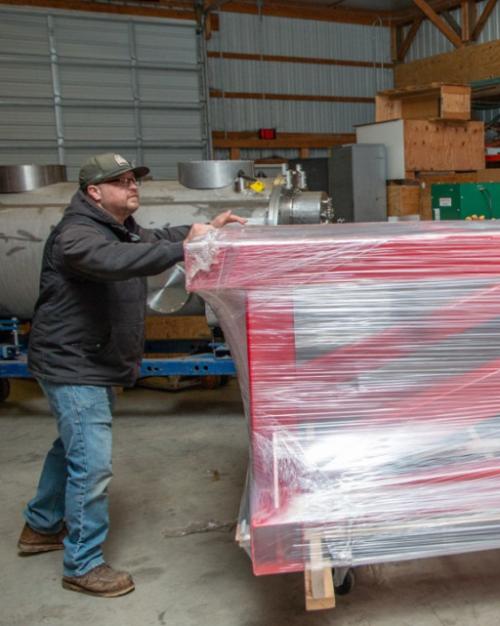“Transforming Bodies,” an interdisciplinary conference April 21-22, will explore the centrality of bodies to concepts and practices of conversion in the early modern world. The conference will examine how bodies – whether animal, human, vegetal or epistemological – are an integral part of concepts and practices of conversion (how they can be transformed and how they can instigate or shape conversion). The conference will be held in Klarman Hall and is free and open to the public.
Conference organizer Kathleen Long, professor of Romance studies and director of the Feminist, Gender & Sexuality Studies Program, explains: “The early modern era, from around 1400 to 1700, can be seen as the Age of Conversion, when our understanding of ourselves and the world around us was transformed in a multitude of ways. The consequences of these changes are still playing out in our relationships to the environment and to each other. Notions of race, gender, nature, the animal were both more fluid and yet being codified in ways that have significant consequences today.”
Topics at the conference will include transgender bodies, virtual bodies and bodies of knowledge, animal and human interactions, and monstrous/magical/witchlike bodies. Three keynote speakers will be featured: Peggy McCracken (University of Michigan), “Metamorphosis and Conversion: Becoming Stag in the Ovide moralisé”; Vin Nardizzi (University of British Columbia), “Vegetable Poems and Portraits in the Renaissance”; and Valerie Traub (University of Michigan), “Anatomy, Cartography, and the Prehistory of Normality.”
“Transforming Bodies” is sponsored by the Early Modern Conversions project and Cornell’s American Studies; Feminist, Gender & Sexuality Studies; French Studies; Medieval Studies; and Religious Studies programs; by the Departments of Comparative Literature; English; History; Performing and Media Arts; Romance Studies; and Science and Technology Studies; the Society for the Humanities; and the Renaissance Colloquium.
Linda B. Glaser is a staff writer for the College of Arts and Sciences.
This article originally appeared in the Cornell Chronicle.




